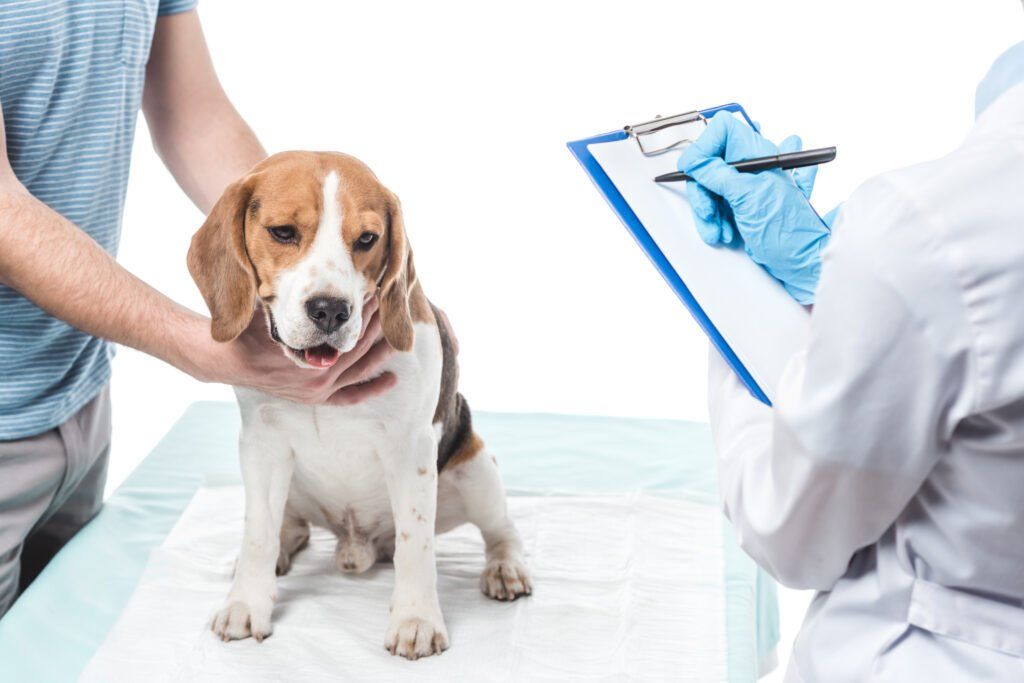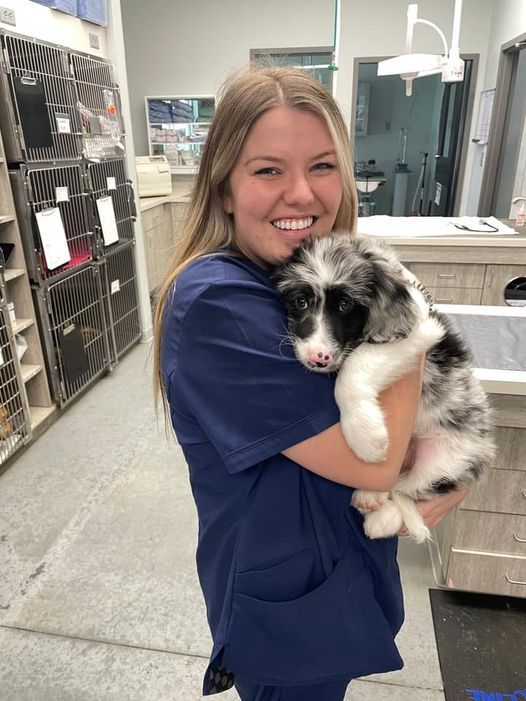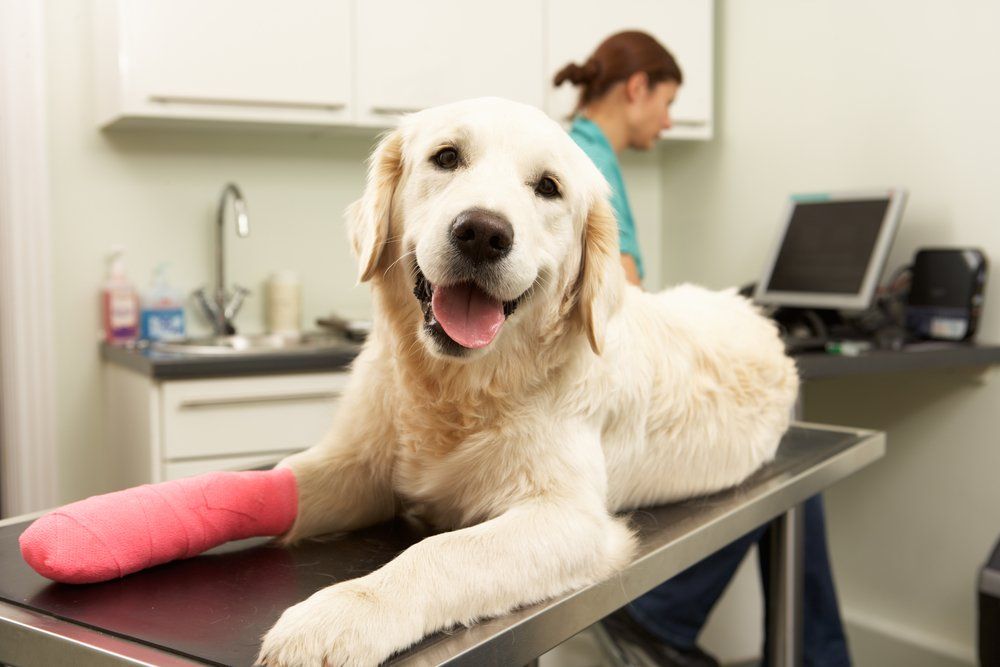Nutrition Tips for Dogs from Your Little Rock Veterinarian
Just as with humans, good nutrition and exercise are key to keeping your dog healthy and happy. And just as with human nutrition, the internet is teeming with information, reviews, and advice that can be overwhelming.
You’ll find yourself weeding through advertisements masked as advice, supplement companies trying to sell the next cure-all, and plenty of make-at-home advice. Some of this information is helpful, but some can be so poorly balanced that it may even harm your dog.
So, how do you know what’s best for your furry friend? Today, we’ll discuss some tips for dog nutrition that will keep your barking buddy healthy:
Feed High Quality Food
It’s one of the biggest debates you see in the pet food world: Canned food vs. dry, commercial vs. home prepared. Both wet, canned food and dry, kibble-style food have their advantages.
Canned food can have a higher percentage of protein, but it also spoils if left out too long, and can contribute to dental problems due to its’ soft, no-chewing-necessary form. Dry food is more convenient, less expensive overall, and can help keep teeth cleaner with each crunch. However, it can also contain more fillers, may not have as much protein as wet food, and the low moisture content means your dog will need to drink more water.
Most dogs will thrive on dry food, but some pickier eaters and those with specific dietary needs will need canned. Another popular feeding option is home-prepared food. Keep in mind that a high quality commercial pet food has science and research on it’s side, and is a sure safe bet for Copper’s health.
Homemade food is a viable option if your dog has severe allergies or other medical needs that require specific ratios or easy digestibility. If you are unsure about which type of food would be best for your dog, ask the veterinarian.
Switching food? Take it slow.
When you are switching food brands or even “flavors,” you’ll want to transition slowly to the new food, not just abruptly start a fresh new bag or can. Starting a new food can cause stomach upset and diarrhea.
Mix the new food in with the old food, starting with about 25% of the new food mixed with the old for a few days, then 50/50 old and new, and transition over the course of several days to even up to two weeks to the new food.
Slow it Down
If Barkley seems like he is inhaling his food faster than a vacuum cleaner, you may want to take some steps to slow him down. Eating too fast can cause your dog to swallow air, which can lead to a potentially deadly condition called gastric dilatation and volvulus (GDV).
Scattering food across the floor or patio, folding the kibble into a towel for them to “hunt” through, or using a slow feeder bowl or puzzle feeder can help.
Don’t Overfeed
Sure, Jim’s big brown beggin’ eyes are sweet, but giving in to his snack desires too often can lead to too much Jim around the middle. Obesity is just as much an epidemic in dogs as it is in humans.
Be sure you are feeding the right amount of food. Most brands offer a feeding chart on the bag based on weight. Of course, if you have questions regarding how much to feed, consult Dr. Brian Barron. Keep treats as special “sometimes” rewards, and when training, account for the additional treat volume when feeding their regular meals. If you feel that you dog is packing on the pounds, discuss weight control food options with your veterinarian.
Beware of harmful human foods
Many “human” foods are fine to share with your dog, in fact some trainers use cheese, hot dogs, and chicken liver pieces as “high value” rewards, but be aware that not everything we eat is safe for your dog.
Some foods can simply give them an upset stomach and may cause vomiting and diarrhea, such as tree nuts, dairy in large quantities, onions, and garlic. Other people foods can make them extremely sick and even cause life threatening conditions and should be avoided at all costs. These include chocolate, grapes. alcohol, and the natural sweetener Xylitol.
The main takeaway here is that you should feed your dog a high quality diet, with moderate amounts of good quality treats, and be aware of any changes in their eating habits, weight, or behavior.
If you have questions about your dog’s specific nutritional needs, be sure to ask the veterinarians at
Shackleford Road Veterinary Clinic! We can advise you on the best food and treat options for your dog. During March 2019 just stop by and mention this article for 10% off any in-house treat purchase!



Serving all of Little Rock & Central Arkansas including:
- West Little Rock
- Chenal
- Woodland's Edge, Brodie Creek
- Sherwood
- North Little Rock
- Bryant
- Alexander
- Pleasant Valley
- Maumelle
NAVIGATION
CONTACT US
SRVC
- Visit Us
- Email Us
Privacy Policy • Terms & Conditions
Copyright © 2023 Shackleford Road Veterinary Clinic








